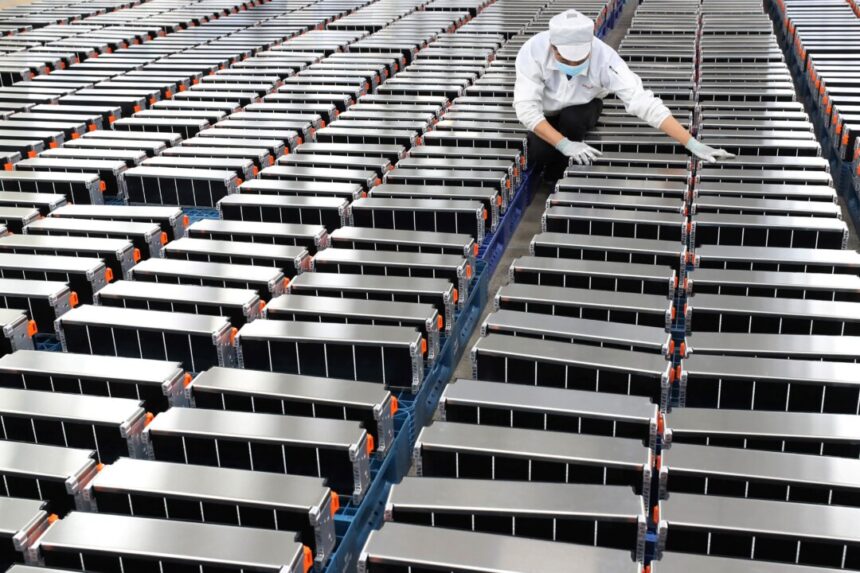To address the property crisis and weak domestic demand, Beijing made significant investments in manufacturing capacity. However, this led to an overabundance of manufacturing capacity with no clear market to absorb the output.
Chinese authorities focused on developing “new productive forces” such as semiconductors, electric vehicle (EV) batteries, solar panels, and wind generation. Despite the influx of funds into these sectors, there was little consideration given to where the products would be sold. The sluggish domestic economy could not consume the excess production, and Western markets were resistant to Chinese trade for various reasons.
Reports from the United States, Europe, and Japan highlighted the issue of overcapacity in China. The European Union (EU) even accused China of dumping cheap EVs into their markets, prompting discussions on imposing tariffs on these products.
Chinese Communist Party leader Xi Jinping denied the existence of overcapacity, attributing the influx of Chinese EVs in Europe to their competitiveness. However, data suggests otherwise, with various sectors showing signs of excess production.
The steel industry, for example, has seen a significant increase in output surpassing domestic demand. Similarly, solar panel production has far exceeded installation rates, raising concerns about the oversaturation of the market.
The excessive investments in electrical equipment and EVs have also contributed to the capacity glut. While investment spending initially surged, it has since declined, indicating a mismatch between capacity and demand.
Addressing the overcapacity issue in China’s economy will be challenging, especially given the slowdown in growth and the shift away from China as the world’s primary manufacturing hub. The repercussions of this miscalculated capacity buildup are expected to persist and further exacerbate the country’s economic challenges. Please rewrite this sentence.
Source link





